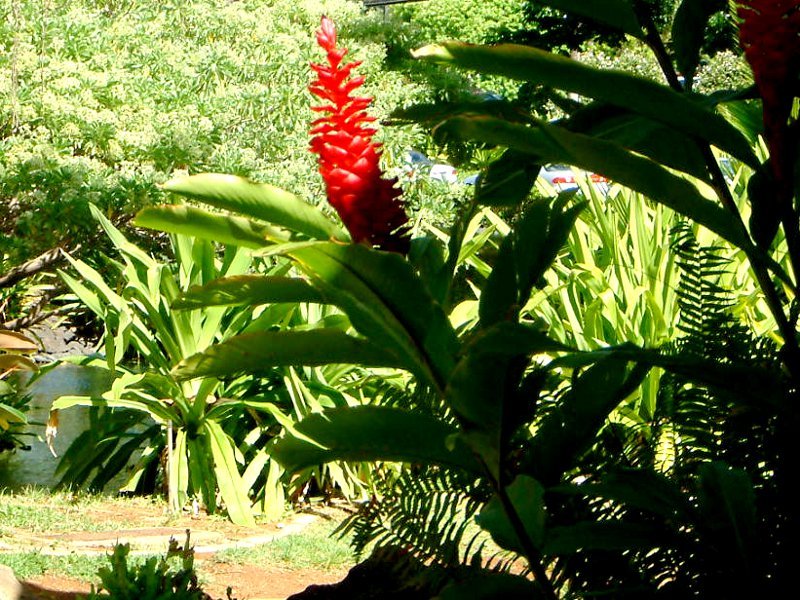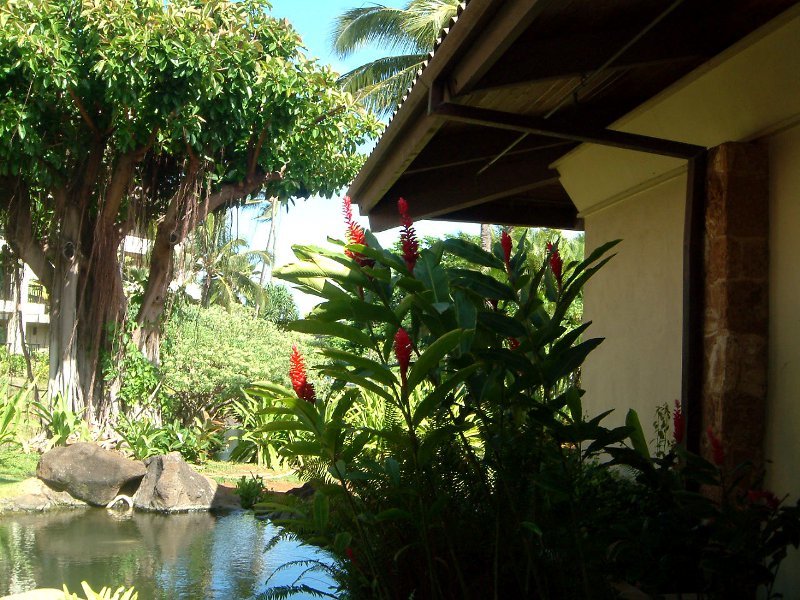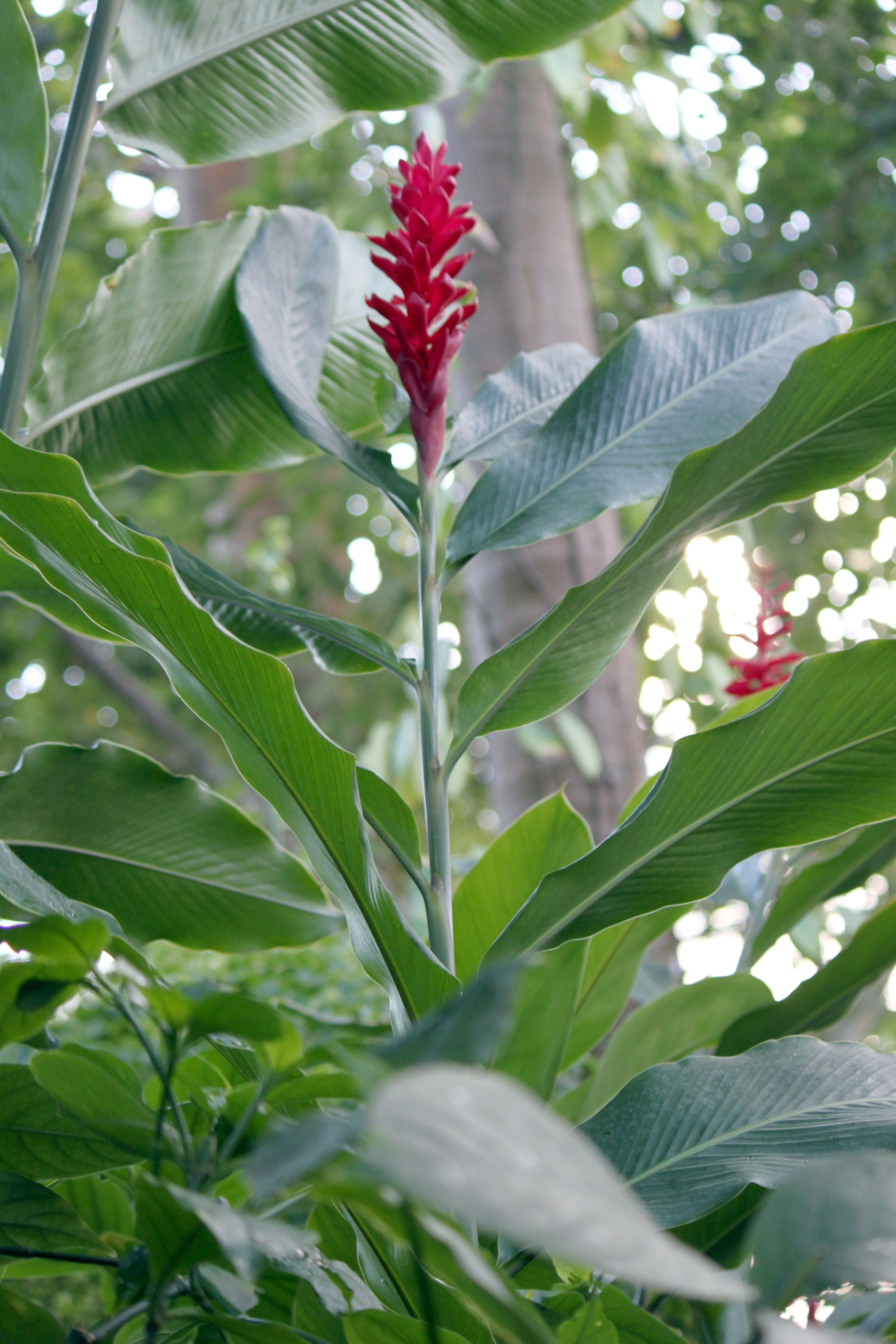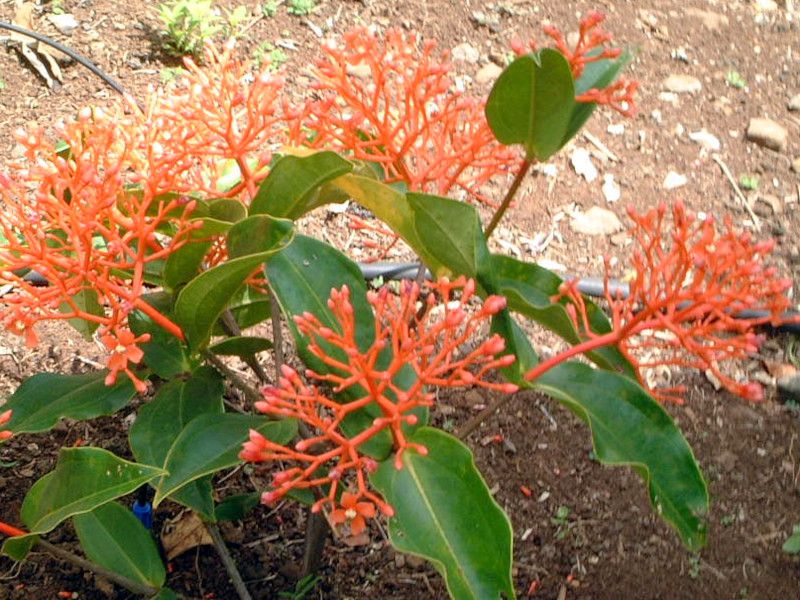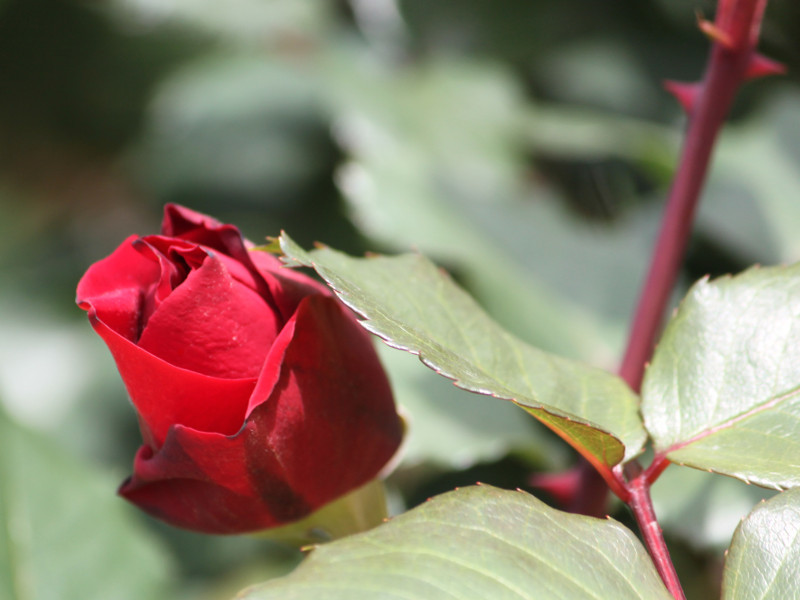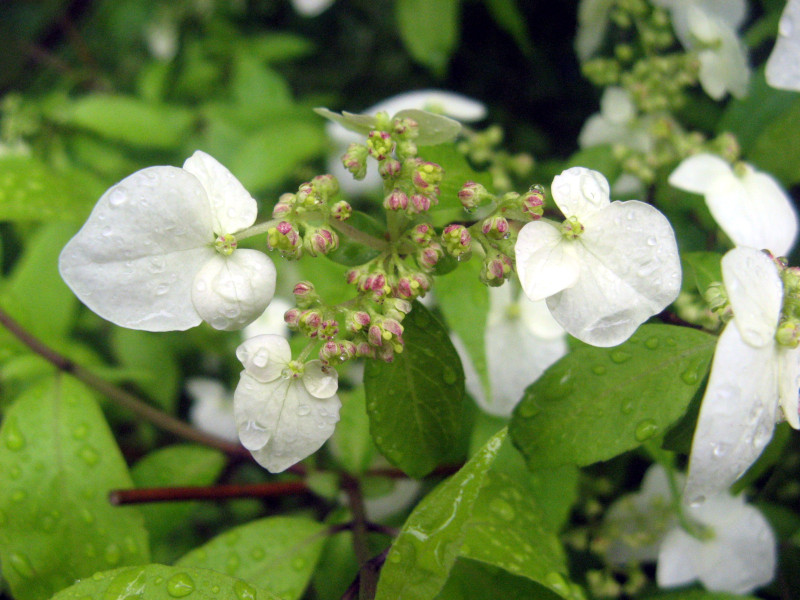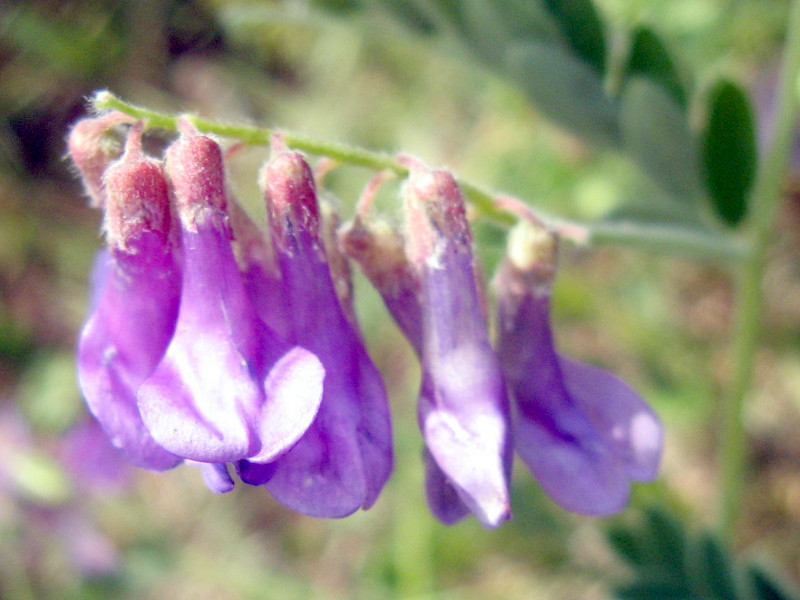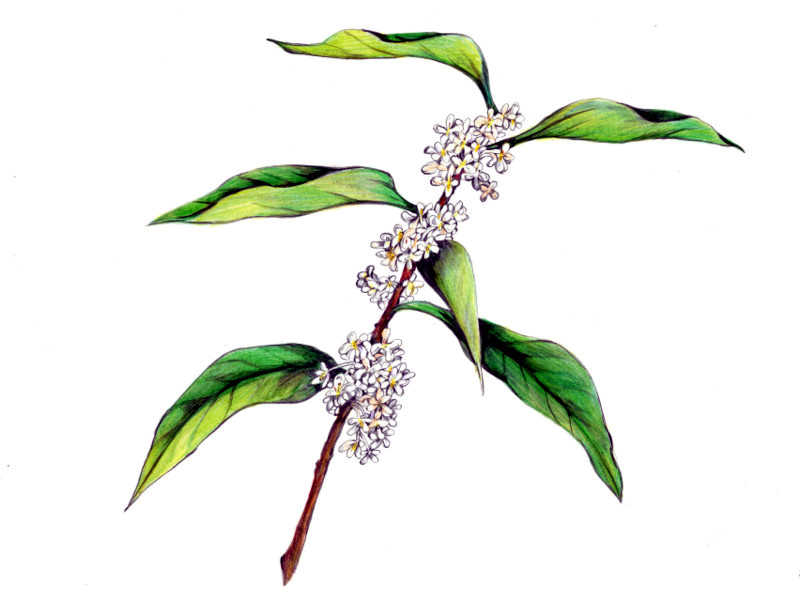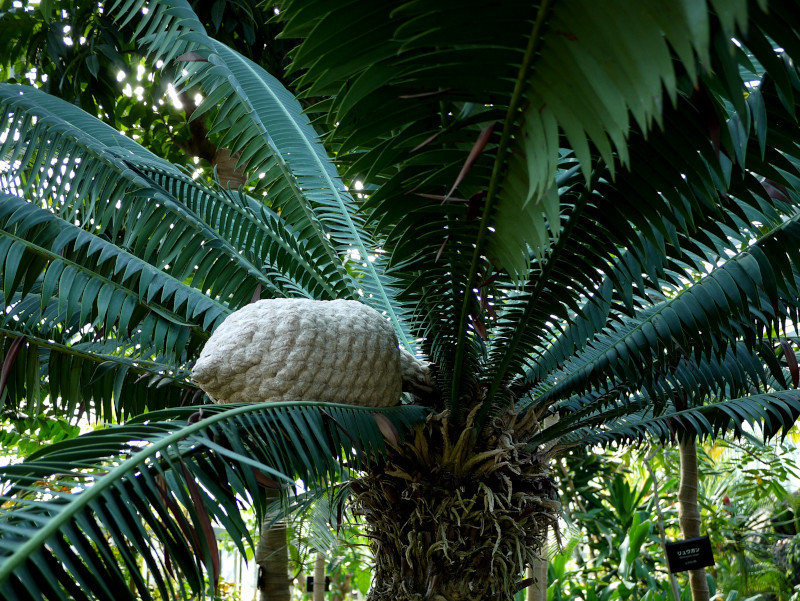Alpinia purpurata
- Flower nameAlpinia purpurata
- Scientific nameAlpinia purpurata
- AliasAlpinia purpurata, Red ginger, アカボゲットウ, レッドジンジャー
- Place of originPacific Islands, Malaysia
- Place of floweringCut flowers, flower arrangement, Greenhouse, Subtropical region, Ornamental plants
- Flowering seasonJanuary, February, March, April, May, June, July, August, September, October, November, December
- Language of flowersLove for one day only
What is Alpinia purpurata
Alpinia purpurata or Red Ginger (scientific name: Alpinia purpurata) is native to the Pacific islands such as Malaysia and is evergreen perennial of the family Zingiberaceae. In monocotyledonous plants, the rhizomes are developed, from which many stems are served. From the stem, long and big lanceolate leaves come out in alternating left and right two rows. What looks like this stalk, like a {{banana}} (scientific name: Musa × paradisiaca), is a leaf sheath overlapped and is called a pseudostem. Extend a long spiked inflorescence from the tip of the pseudostem and attach a long bronze bract that looks like a red flower. Small white things coming out between bracts are flowers. This flower is small and it is not noticeable as it falls immediately. Another name is called Red Ginger. This is due to the fact that the bract is red among ginger (ginger) friends. Bracts are 10 to 30 cm. In the greenhouse, bracts are attached all the year round, so it seems that the flowers are blooming annually. There is a Pink ginger that has a pink bract in the garden cultivar.
Common name: Alpinia purpurata, Scientific name: Alpinia purpurata, aka: Red ginger, Red ginger, Origin: Pacific islands such as the Malaysian peninsula, plant height: 3 to 4 m, leaves: alternate, leaf height: 60 cm, leaf width: 10 cm, leaf shape: lanceolate shape, leaf quality: glossy, leaf margin: wavy, flower color Red, flower color: white, bract length: 10 to 30 cm, stamen and pistil fuse, flower coat number: 6, corolla: lips or cylinders, flowering period: greenhouse anniversary, fruit shape: Spherical shape, use: gardening, potted plant, foliage plant, cut flowers.

